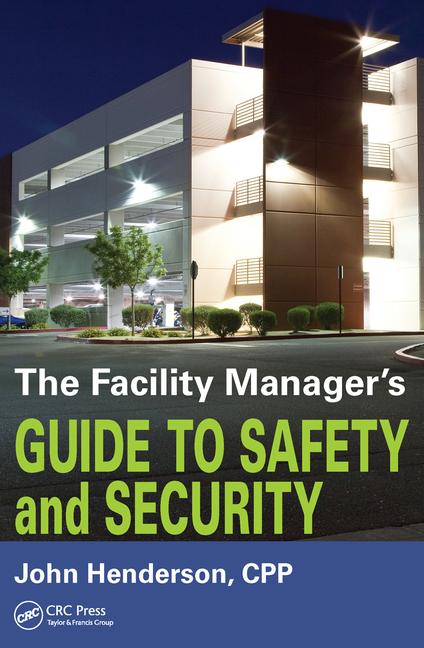The National Council of Architectural Registration Boards (NCARB) commits to developing a framework for multiple-paths to licensure, acknowledging both the traditional approach via an accredited education and other approaches which utilize other means of qualification – including community college education – and work experience in lieu of education. Such options, already in place for reciprocal licensure in 48 U.S. jurisdictions and for initial licensure in 17 U.S. jurisdictions, maximize opportunities for licensure while maintaining essential rigor in qualifying individuals to practice.
While the majority of architects get licensed via a degree from a program accredited by the National Architectural Accrediting Board (NAAB), roughly 15% of current architects, over 18,000 in total, achieved licensure through other pathways. NCARB is committed to continuing its work toward recognizing other paths as part of a “multiple paths to licensure” system, while ensuring each of the various pathways are afforded appropriate value through essential rigor.
“There are many individuals working in or wishing to pursue architecture as a career who do not hold a degree from a NAAB-accredited program, but who clearly have the talent and diverse perspectives that will contribute to the vitality of the profession and more fully realize the mission of our licensing board members. NCARB can go further to support their path to licensure,” said NCARB President Jon Baker FAIA, NCARB, LEED AP. Baker, licensed first in California, is the first NCARB President since 1959 to hold a license without having an accredited education.
Analysis provided in NCARB’s annual data publication, NCARB by the Numbers, has tracked trends along the licensure path since 2012. It has shed light on the lengthy time to licensure, and flagged issues of equity and access. These insights have led to many recent improvements on the licensure pathway and elevated the need for endorsing paths outside of accredited education. The endorsement of multiple pathways also recognizes the variety of paths already in place in 17 jurisdictions and follows recent efforts by NCARB to remove unnecessary impediments to licensure.
Recent efforts by NCARB to develop and advocate for multiple paths include:
- Calling for a feasibility study for an option for a four-year degree from a NAAB-accredited program instead of five years.
- A new initiative to more formally recognize the value of two-year associate degrees, as well as non-degree education, provided through community colleges.
- The creation of two NCARB task forces addressing the twin areas of competency and licensure process research and development to consider an evolved licensure toolkit.
While exploring additional approaches to expand this concept, NCARB invites the greater architectural community to support this important conversation.
“NCARB will continue to lead this effort with pursuing programmatic changes through our existing processes, but we need the collaboration of appointed jurisdictional board members, the greater architectural community, and in many cases elected legislators to make meaningful changes,” said NCARB CEO Michael Armstrong.
NCARB is committed to improving access to the profession for traditionally underrepresented groups and will continue to work toward revising its existing programs to improve access to licensure. Recent actions include replacing the examination expiration policy known as the five-year rolling clock with a new examination validity policy, adding English as a Second Language (ESL) as an extra time accommodation for examinees, and providing a first-ever suite of free, full-length practice examinations with content and scoring that simulates the actual examination experience. These augmentations to NCARB programs have resulted in a significant uptick in the exam pass rates of licensure candidates from underrepresented groups and a removal of administrative impediments.







